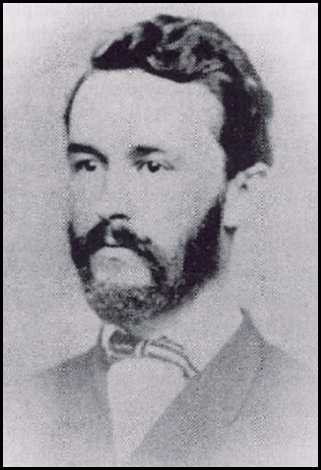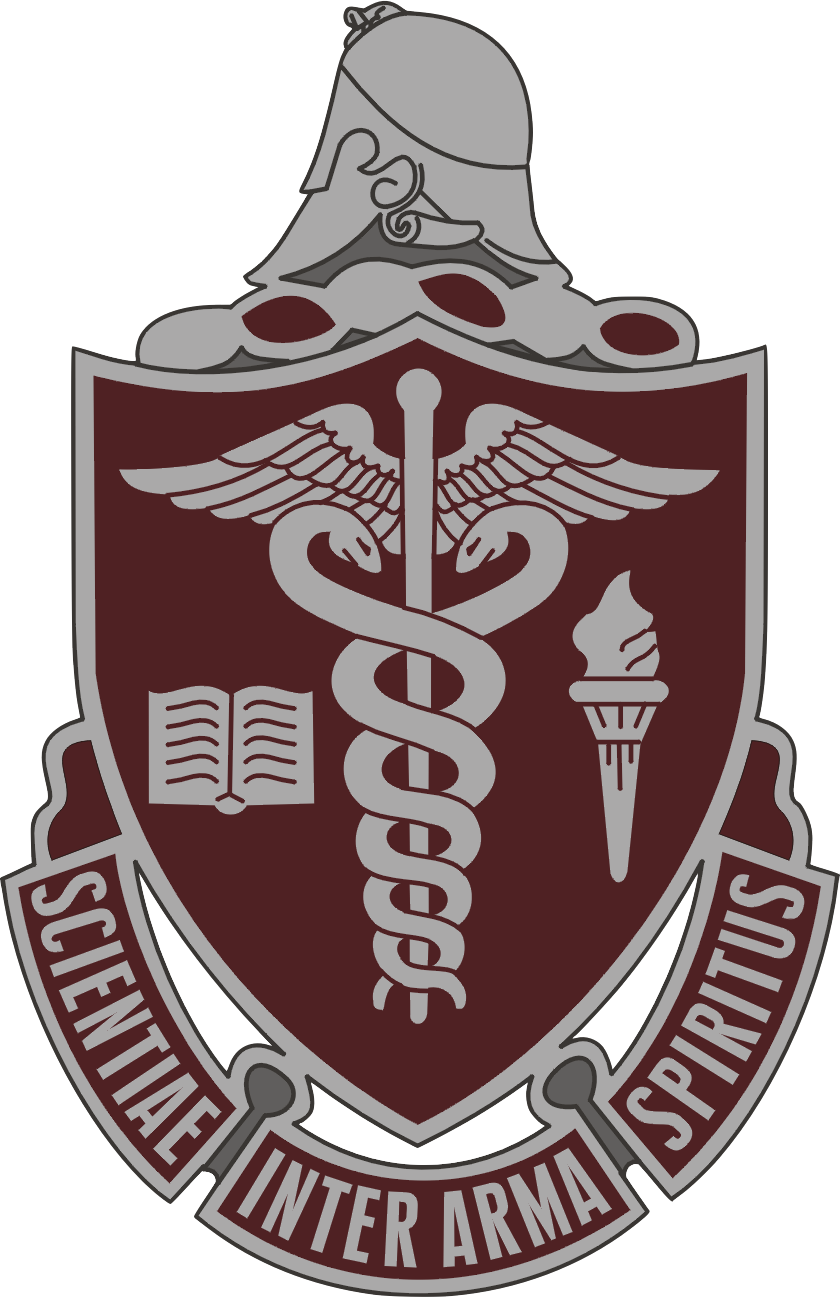|
Herbert Durham
Herbert Durham DSc (Cantab), MB, BC, FRCS, ARPS (30 March 1866 – 25 October 1945) was a British physician and distinguished scientist. Early life Herbert Edward Durham was born 30 March 1866, the son of Arthur E. Durham, Senior Surgeon to Guy's Hospital. He married Maud Lowry, daughter of Capt. Harmer of 81st Regiment. Education Durham was educated at University College School, London from 1883–84; King's College, Cambridge from 1884; and Guy's Hospital, London. In 1904 he was awarded John Lucas Walker Studentship in Pathology a scholarship given by the University of Cambridge for original pathological research. Career Bacteriology He was Assistant Demonstrator in Histology from 1884–89, then House Surgeon at Guy's Hospital, London from 1889-95. From 1895-96 he worked at the Hygiene Institute, Vienna where he was associated with Professor Max von Gruber in the discovery of agglutination of bacteria. In 1897 he developed an agglutination reaction for diagnosis of typho ... [...More Info...] [...Related Items...] OR: [Wikipedia] [Google] [Baidu] |
United Kingdom
The United Kingdom of Great Britain and Northern Ireland, commonly known as the United Kingdom (UK) or Britain, is a country in Europe, off the north-western coast of the continental mainland. It comprises England, Scotland, Wales and Northern Ireland. The United Kingdom includes the island of Great Britain, the north-eastern part of the island of Ireland, and many smaller islands within the British Isles. Northern Ireland shares a land border with the Republic of Ireland; otherwise, the United Kingdom is surrounded by the Atlantic Ocean, the North Sea, the English Channel, the Celtic Sea and the Irish Sea. The total area of the United Kingdom is , with an estimated 2020 population of more than 67 million people. The United Kingdom has evolved from a series of annexations, unions and separations of constituent countries over several hundred years. The Treaty of Union between the Kingdom of England (which included Wales, annexed in 1542) and the Kingdom of Scotland in 170 ... [...More Info...] [...Related Items...] OR: [Wikipedia] [Google] [Baidu] |
Liverpool School Of Tropical Medicine
The Liverpool School of Tropical Medicine (LSTM) is a higher education institution with degree awarding powers and registered charity located in Liverpool, United Kingdom. Established in 1898, it was the first institution in the world dedicated to research and teaching in tropical medicine. The school has a research portfolio of over £220 million, assisted by funding from organisations such as the Bill & Melinda Gates Foundation, Wellcome Trust and Department for International Development (DFID). History LSTM was founded on 12 November 1898 by Sir Alfred Lewis Jones, a prominent local ship owner. At the time, Liverpool was a prominent port city which carried on an extensive trade with overseas regions such as West and Southern Africa. Consequently, the number of patients in the region admitted to hospital with 'tropical' diseases soared. Recognising the need for a solution to this problem Jones, together with a number of fellow business men and health pioneers, pledged an ... [...More Info...] [...Related Items...] OR: [Wikipedia] [Google] [Baidu] |
Beriberi
Thiamine deficiency is a medical condition of low levels of thiamine (Vitamin B1). A severe and chronic form is known as beriberi. The two main types in adults are wet beriberi and dry beriberi. Wet beriberi affects the cardiovascular system, resulting in a fast heart rate, shortness of breath, and leg swelling. Dry beriberi affects the nervous system, resulting in numbness of the hands and feet, confusion, trouble moving the legs, and pain. A form with loss of appetite and constipation may also occur. Another type, acute beriberi, found mostly in babies, presents with loss of appetite, vomiting, lactic acidosis, changes in heart rate, and enlargement of the heart. Risk factors include a diet of mostly white rice, alcoholism, dialysis, chronic diarrhea, and taking high doses of diuretics. In rare cases, it may be due to a genetic condition that results in difficulties absorbing thiamine found in food. Wernicke encephalopathy and Korsakoff syndrome are forms of dry beriberi. ... [...More Info...] [...Related Items...] OR: [Wikipedia] [Google] [Baidu] |
Autopsy
An autopsy (post-mortem examination, obduction, necropsy, or autopsia cadaverum) is a surgical procedure that consists of a thorough examination of a corpse by dissection to determine the cause, mode, and manner of death or to evaluate any disease or injury that may be present for research or educational purposes. (The term "necropsy" is generally reserved for non-human animals). Autopsies are usually performed by a specialized medical doctor called a pathologist. In most cases, a medical examiner or coroner can determine the cause of death. However, only a small portion of deaths require an autopsy to be performed, under certain circumstances. Purposes of performance Autopsies are performed for either legal or medical purposes. Autopsies can be performed when any of the following information is desired: * Determine if death was natural or unnatural * Injury source and extent on the corpse * Manner of death must be determined * Post mortem interval * Determining the deceas ... [...More Info...] [...Related Items...] OR: [Wikipedia] [Google] [Baidu] |
Pará
Pará is a Federative units of Brazil, state of Brazil, located in northern Brazil and traversed by the lower Amazon River. It borders the Brazilian states of Amapá, Maranhão, Tocantins (state), Tocantins, Mato Grosso, Amazonas (Brazilian state), Amazonas and Roraima. To the northwest are the borders of Guyana and Suriname, to the northeast of Pará is the Atlantic Ocean. The capital and largest city is Belém, which is located at the mouth of the Amazon. The state, which is home to 4.1% of the Brazilian population, is responsible for just 2.2% of the Brazilian GDP. Pará is the most populous state of the North Region, Brazil, North Region, with a population of over 8.6 million, being the ninth-most populous state in Brazil. It is the second-largest state of Brazil in area, at , second only to Amazonas (Brazilian state), Amazonas upriver. Its most famous icons are the Amazon River and the Amazon Rainforest. Pará produces Natural rubber, rubber (extracted from natural rubber tree ... [...More Info...] [...Related Items...] OR: [Wikipedia] [Google] [Baidu] |
Jesse Lazear
Jesse Lazear (December 12, 1804 – September 2, 1877) was a Democratic member of the U.S. House of Representatives from Pennsylvania. Biography Lazear was born to Thomas Lazear, Esq., and Elizabeth (Braddock) in Richhill Township, Greene County, Pennsylvania.http://ppolinks.com/greeneconnections/THRJ-AN001-0000.pdf He received a limited schooling, taught school, and engaged in mercantile pursuits. He served as Recorder of Deeds for Greene County, Pennsylvania, from 1829 to 1832. Lazear was a bank cashier of the Farmers & Drovers' Bank in Waynesburg, Pennsylvania from 1835 to 1867. Lazear was elected as a Democrat to the Thirty-seventh and Thirty-eighth Congresses. He served as chairman of the United States House Committee on Expenditures on Public Buildings during the Thirty-seventh Congress. He was not a candidate for renomination in 1864. Lazear was a delegate to the Union National Convention at Philadelphia in 1866. He retired to his country home, "Windsor Mill Farm" ... [...More Info...] [...Related Items...] OR: [Wikipedia] [Google] [Baidu] |
Walter Reed
Walter Reed (September 13, 1851 – November 22, 1902) was a U.S. Army physician who in 1901 led the team that confirmed the theory of Cuban doctor Carlos Finlay that yellow fever is transmitted by a particular mosquito species rather than by direct contact. This insight gave impetus to the new fields of epidemiology and biomedicine, and most immediately allowed the resumption and completion of work on the Panama Canal (1904–1914) by the United States. Reed followed work started by Carlos Finlay and directed by George Miller Sternberg, who has been called the "first U.S. bacteriologist". Early and family life Walter Reed was born in Belroi, Virginia, to Lemuel Sutton Reed (a traveling Methodist minister) and his first wife, Pharaba White, the fifth child born to the couple. During his youth, the family resided at Murfreesboro, North Carolina with his mother's family during his father's preaching tours. Two of his elder brothers later achieved distinction: J.C. became a mini ... [...More Info...] [...Related Items...] OR: [Wikipedia] [Google] [Baidu] |
Havana
Havana (; Spanish: ''La Habana'' ) is the capital and largest city of Cuba. The heart of the La Habana Province, Havana is the country's main port and commercial center.Cuba ''''. . The city has a population of 2.3million inhabitants, and it spans a total of – making it the largest city by area, the most populous city, and the [...More Info...] [...Related Items...] OR: [Wikipedia] [Google] [Baidu] |
George Miller Sternberg
Brigadier General George Miller Sternberg (June 8, 1838 – November 3, 1915) was a U.S. Army physician who is considered the first U.S. bacteriologist, having written ''Manual of Bacteriology'' (1892). After he survived typhoid and yellow fever, Sternberg documented the cause of malaria (1881), discovered the cause of lobar pneumonia (1881), and confirmed the roles of the bacilli of tuberculosis and typhoid fever (1886). As the 18th U.S. Army Surgeon General, from 1893 to 1902, Sternberg led commissions to control typhoid and yellow fever, along with his subordinate Major Walter Reed. Sternberg also oversaw the establishment of the Army Medical School (1893; now the Walter Reed Army Institute of Research) and of the U.S. Army Nurse Corps (1901). The pioneering German bacteriologist Robert Koch honored Sternberg with the sobriquet, "Father of American Bacteriology". Biography Youth and education Sternberg was born at Hartwick Seminary, Otsego County, New York, where he spen ... [...More Info...] [...Related Items...] OR: [Wikipedia] [Google] [Baidu] |
Washington, D
Washington commonly refers to: * Washington (state), United States * Washington, D.C., the capital of the United States ** A metonym for the federal government of the United States ** Washington metropolitan area, the metropolitan area centered on Washington, D.C. * George Washington (1732–1799), the first president of the United States Washington may also refer to: Places England * Washington, Tyne and Wear, a town in the City of Sunderland metropolitan borough ** Washington Old Hall, ancestral home of the family of George Washington * Washington, West Sussex, a village and civil parish Greenland * Cape Washington, Greenland * Washington Land Philippines *New Washington, Aklan, a municipality *Washington, a barangay in Catarman, Northern Samar *Washington, a barangay in Escalante, Negros Occidental *Washington, a barangay in San Jacinto, Masbate *Washington, a barangay in Surigao City United States * Washington, Wisconsin (other) * Fort Washington (other) ... [...More Info...] [...Related Items...] OR: [Wikipedia] [Google] [Baidu] |
Walter Reed National Military Medical Center
The Walter Reed National Military Medical Center (WRNMMC), formerly known as the National Naval Medical Center and colloquially referred to as the Bethesda Naval Hospital, Walter Reed, or Navy Med, is a United States' tri-service military medical center, located in the community of Bethesda, Maryland, near the headquarters of the National Institutes of Health. It is one of the most prominent U.S. military medical centers in the Washington, D.C. metropolitan area and the United States, having served numerous U.S. presidents since the 20th century. In 2011, the Walter Reed Army Medical Center (WRAMC), named after yellow fever researcher Walter Reed, was combined with the National Naval Medical Center to form the tri-service Walter Reed National Military Medical Center. History as the National Naval Medical Center (1940–2011) Early history In 1938, the United States Congress appropriated funds for the acquisition of land for the construction of a new naval medical center, an ... [...More Info...] [...Related Items...] OR: [Wikipedia] [Google] [Baidu] |






